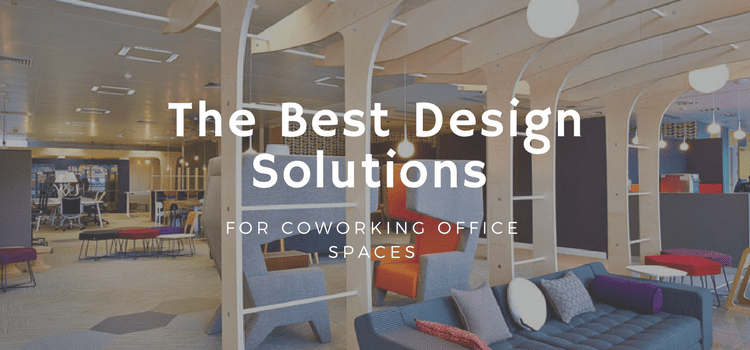As a concept, coworking remains relatively new, having only truly emerged during the middle of the last decade. Nevertheless, thanks to an abundance of freelance workers and the increased popularity of telecommuting, the number of coworking spaces has almost doubled year-on-year since 2006.
Indeed, coworking office spaces are an ideal option for a wide variety of workers who would otherwise have to work in isolation, and allow like-minded people to collaborate. Yet, the infancy of the concept means there has been a lot of trial and error when it comes to design. Here, we examine the best design solutions for coworking spaces.
Floor Layout
One of the big reasons why freelancers, the self-employed and other work-from-home professionals choose to utilise coworking spaces is the ability to collaborate and have other social interactions with people that would not otherwise be possible from their own home. As a result, strict cubicle layouts tend not to work well.
However, open plan designs have been shown to hinder productivity, which is often a concern among freelancers. For this reason, intelligent office space planning is needed and a combination layout is often the best solution, allowing workers to move between collaborative spaces and quiet spaces as they see fit.
Decoration
A coworking office design tends to differ from a traditional workspace, because branding must be more neutral. With that said, careful thought should still be given to things like colour schemes, with renowned colour psychologist Angela Wright suggesting that blue is best for stimulating the mind, while yellow increases creativity and optimism.
Of course, decoration does not begin and end with colour. The presence of plants can increase productivity and boost happiness, while access to plenty of natural light has been shown to achieve the same. On the flip side, if people are working on computers, workstations should be positioned so that light does not shine directly onto the screens.
Office Furniture
Finally, it is important to make sensible decisions regarding the furniture in a coworking space, because this not only needs to be suitable for the different types of work carried out there, but consideration also has to be given to well-being. For instance, sit-stand desks provide great flexibility, while offering health benefits as well.
Larger collaborative desks need to be appropriate for multiple different tasks and should facilitate easy discussions between a number of people at once. Meanwhile, seating should be comfortable and ergonomically sound, reducing problems like back ache, and furniture in break areas should allow people to relax in comfort.
This is a guest blog post in collaboration with the GWA from Reno Macri of Enigma Visual Solutions
Author Bio:

Reno is a founder and director of a leading exhibition and event company Enigma Visual Solutions, specialising in retail designs, graphic productions, signage systems, office refurbishment, event branding, office design services and much more. He specialises in experiential marketing and event productions. He enjoys sharing his thoughts on upcoming marketing ideas and design trends. Feel free to follow him on twitter.




